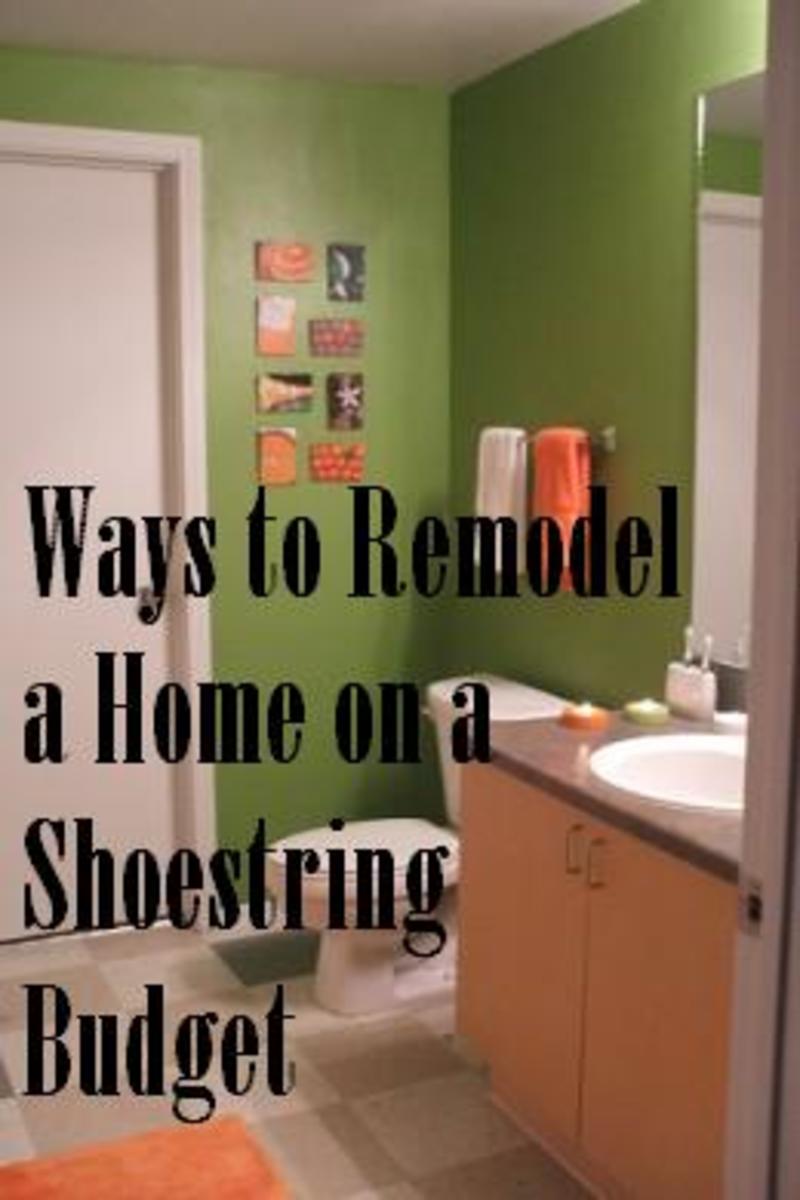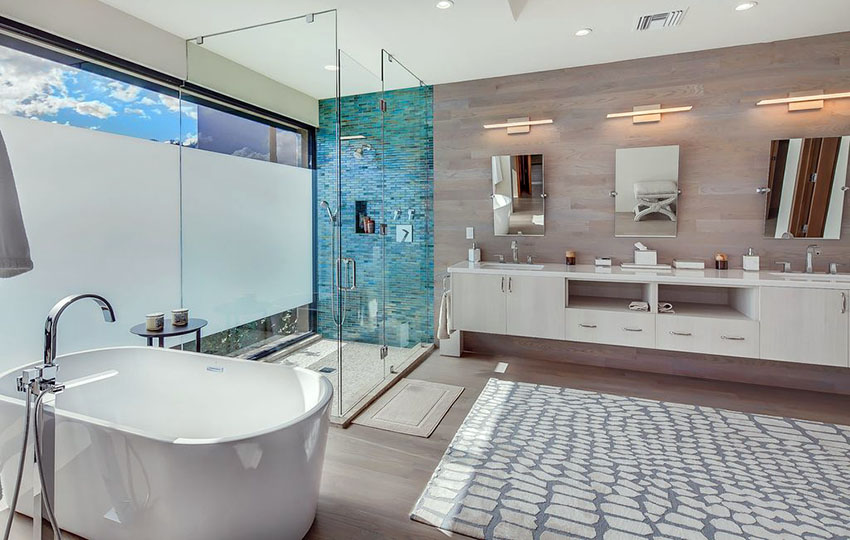Save Thousands On Your Renovation - DIY Interior Design
Some people seem to have a knack in being about to make their home look voguish, cozy or simply stunning however others, regardless how much effort they put in, make a mess of it.
The elements and rules of interior design are not complicated or hard to learn, so let's get started. First we explain the basic elements of interior design, and then we follow up by listing useful tips and hints.
The four basic elements of interior design are as follows:
1. Color: The basic selection of colors needs to be determined. This element applies to everything from carpet (floor coverings) through to interior walls and furnishings. 2. Light: It is crucial to understand the effects regarding artificial and natural lighting with the interior. 3. Balance and scale: When the proportions are not correct, the interior space will look awkward. Generally speaking, we suggest to centre and line the elements where applicable. 4. Design and texture: These components introduce optical interest within a space.
Color. Your local homemaker centre will have numerous ideas for the most dramatic ways to transform your home or project. Carpet Brisbane is an ideal place to start and we recommend selecting your floor covering color before paint selections given that there is a much wider choice in paint color options as opposed to carpets and flooring. Buy a color wheel to gauge the effects of color combinations you are considering.
Light. The amount of light will define a blank space. A brightly lit room can make a room look larger than it is in reality. When a room has color that is too dark, the rooms will almost always look smaller and will appear gloomy. Pay special attention to the positioning of the lighting to maximize to artificial lighting within a room.
Balance and Scale. With regards to interior design, scale means the size of an item in the room when concerning the actual room size itself. Balance means achieving the right proportion regarding contrasting weights and height for the color in each room. Professional interior designers tend to scale up a room, also adding a large object within a smaller room can trick the mind into thinking a room is large.
Pattern and texture: When it concerns furnishings such as paintings,carpets and window furnishings this does not build the same intensity level as color and light. Accessoriness are a great way to fill space and to add a dash of excitement to the main color scheme. Rugs, cushions and art are also a fabulous way to compliment a room.
Good luck with your next DIY project, we hope our tips will help you to get your home looking like a million dollars!
Article Tags: Interior Design







0 Response to "Save Thousands On Your Renovation - DIY Interior Design"
Post a Comment